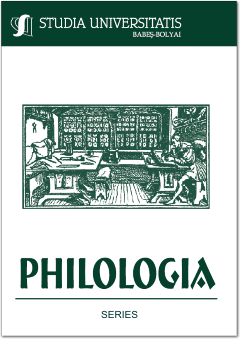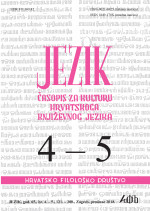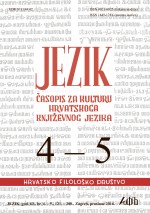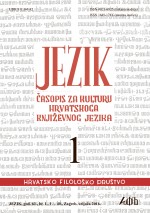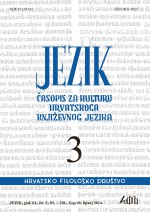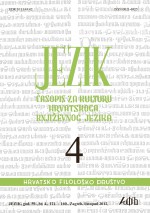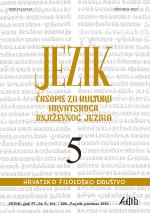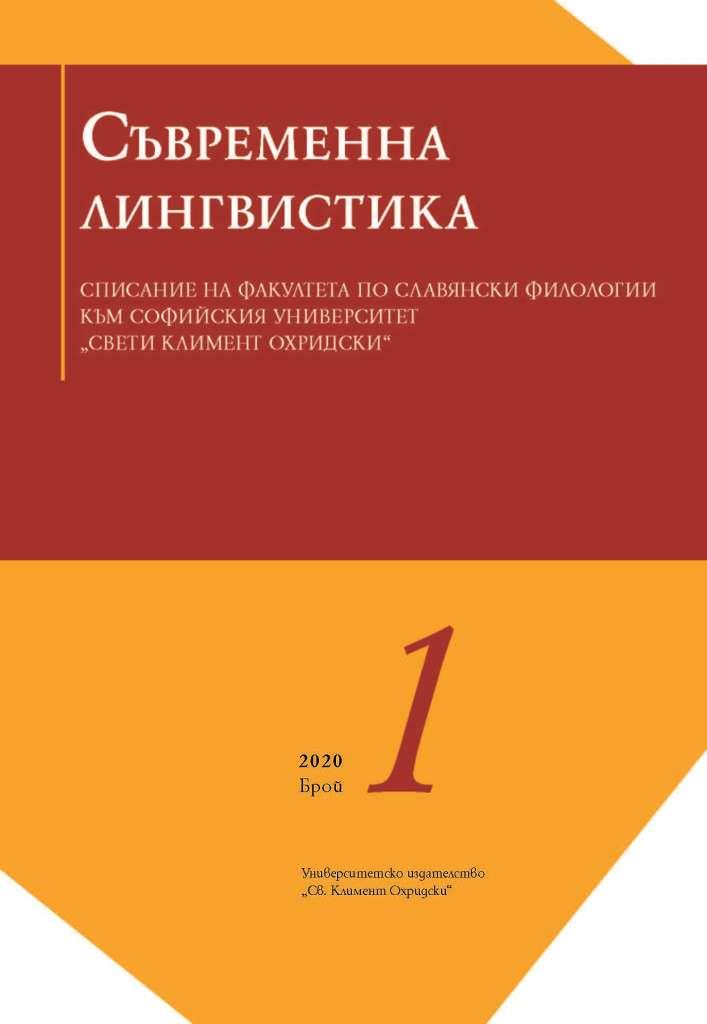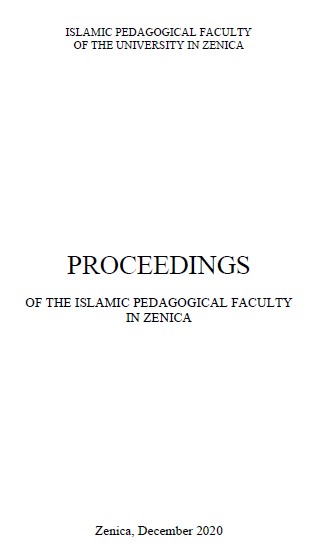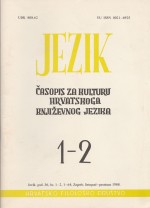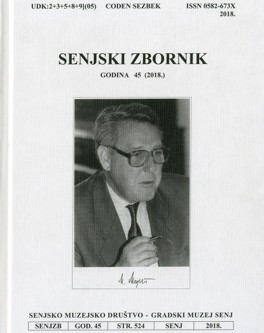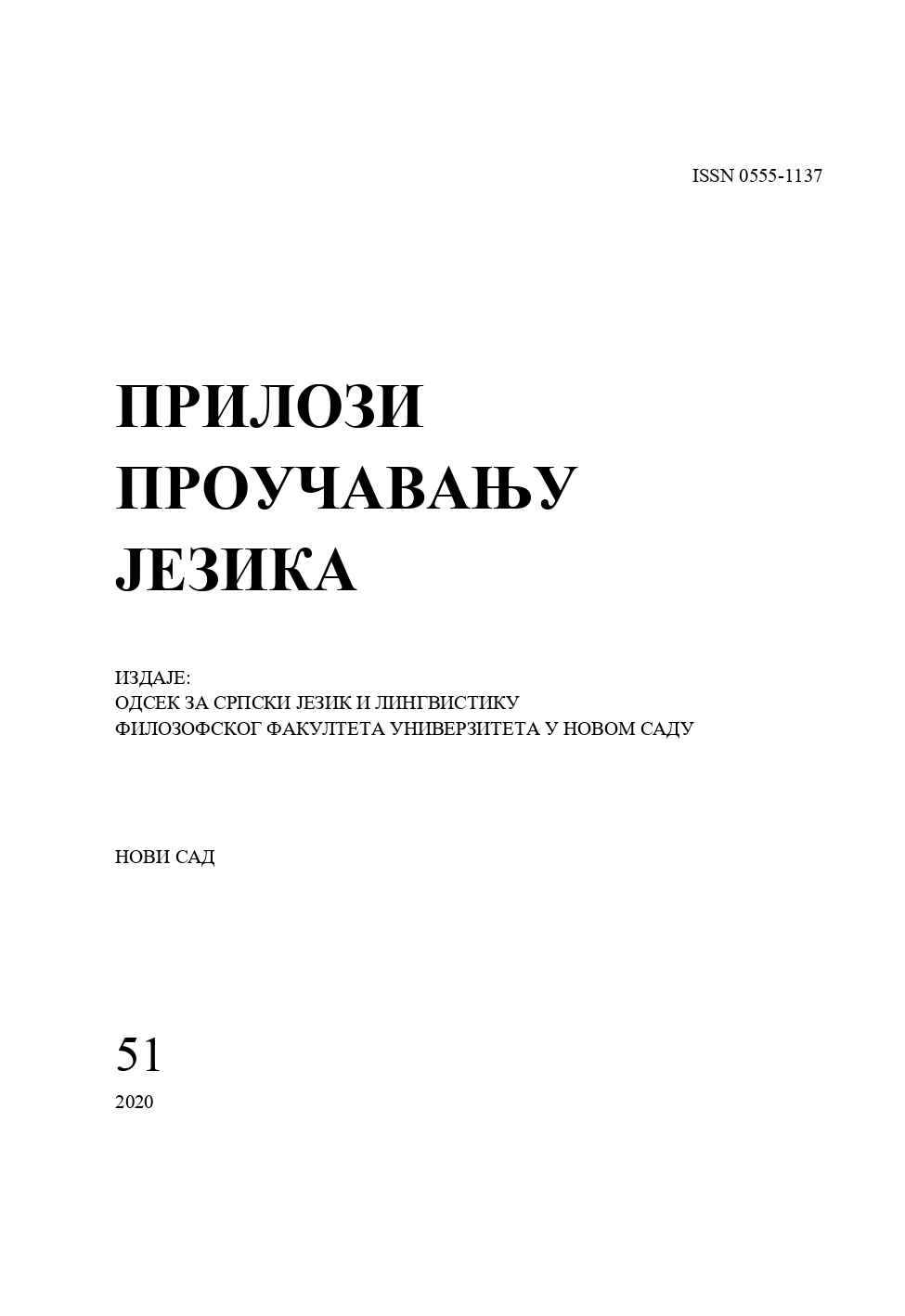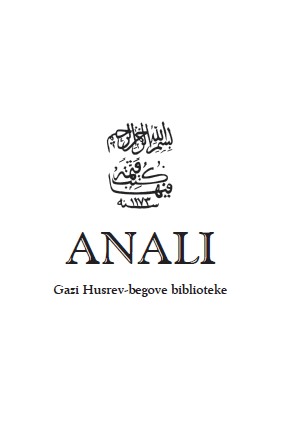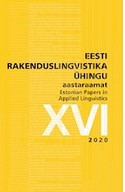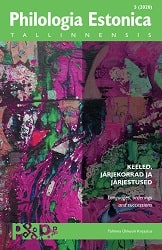ПОРІВНЯЛЬНА ХАРАКТЕРИСТИКА СИНТАКСИЧНОЇ СПОЛУЧУВАНОСТІ ПРИКМЕТНИКІВ З ІМЕННИКАМИ В ХУДОЖНЬОМУ, ПУБЛІЦИСТИЧНОМУ ТА НАУКОВОМУ СТИЛЯХ СУЧАСНОЇ АНГЛІЙСЬКОЇ МОВИ
The article is dedicated to the study of combinability of adjectives with lexical-semantic groups (LSG) of nouns in the belle-lettres, publicistic and scientific styles. The object of the investigation is syntactical combinability of adjectives with nouns, the subject is statistically meaningful ties on the syntactical level. The goal is a comparative characteristic of syntactical combinability of adjectives with nouns in the belle-lettres, publicistic and scientific styles of the modern English language. Topicality is caused by the necessity of comparison of syntactical combinability in three styles. In our study the statistical method was used such as χ² - which shows presence or absence of a tie. In such a way standard elements of contextual sets of adjectives with lexical-semantic groups (LSG) of nouns were found. The coefficient K indicates the force (intensity) of ties. Due to it the ties are divided into strong, mean and weak ones. Statistically meaningful ties of adjectives with LSG of nouns were analyzed. A scientific novelty is in finding standard ties for adjectives that gave a possibility to determine peculiarities of functioning of adjectives in each style. Conclusions. The belle-lettres style is distinguished by a number of statistically meaningful ties as well as ties which are characteristic to only the belle-lettres style. The scientific style is between the belle-lettres and publicistic styles. A number of the same statistically meaningful ties was found more between the belle-lettres and publicistic styles (9) in comparison with the scientific and belle-lettres ones (5) and the publicistic and scientific ones (2).
More...
